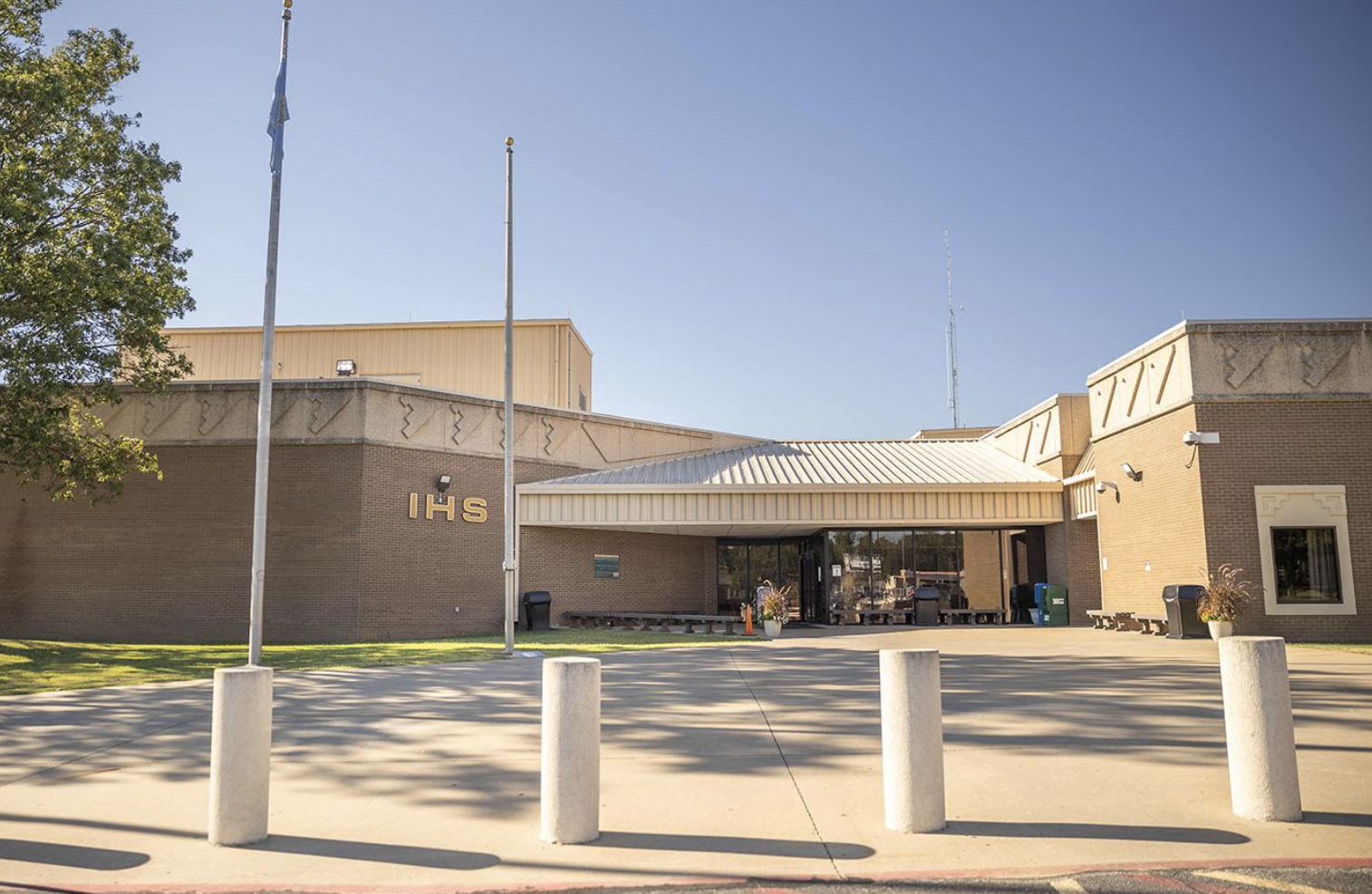
- Details
- By Native News Online Staff
The Cherokee Nation is moving forward with a plan to replace the aging Claremore Indian Hospital with a brand-new $255.5 million healthcare facility as tribal leaders prepare to take over operations from the federal Indian Health Service.
Principal Chief Chuck Hoskin Jr. and Deputy Chief Bryan Warner announced the proposal this week, calling for the construction of the Cherokee Nation Claremore Outpatient and Emergency Health Center.
"The Cherokee people and other Native Americans deserve a state-of-the-art health facility in Claremore, one not only owned and operated by Cherokee Nation, but designed by Cherokee Nation to meet the highest standards," Chief Hoskin said.
The current Claremore Indian Hospital, built in 1978 to replace an even older 1930 facility, has become a burden rather than an asset, according to a statement from the Cherokee Nation. After eight months of negotiations with the IHS and detailed facility assessments, Cherokee Nation officials determined that bringing the 47-year-old building up to tribal standards would cost more than $100 million.
"We could not recommend to tribal leadership investing $100 million of the Cherokee peoples' money into a 47-year-old facility that even with a substantial remodel would not meet our standards," Cherokee Nation Health System CEO Dr. R. Stephen Jones said in a press release.
The federal facility currently serves as the only federally run healthcare center for Native Americans within the 7,000-square-mile Cherokee Nation Reservation, providing both outpatient and inpatient services through the Indian Health Service.
The proposed replacement facility will focus on outpatient care, emergency services, and wellness programming, with construction expected to take approximately two years once approved. While the new center will eliminate inpatient services, tribal leaders say they plan to develop partnerships with area hospitals to ensure seamless inpatient care for patients who need it.
"Chief Hoskin and Deputy Chief Warner have made clear that if we eliminate the underused, inefficient and wasteful inpatient part of Claremore's operations we should develop area partnerships for a seamless inpatient experience for our patients," Jones said.
The tribe has been working to retain existing federal employees as it prepares to assume operations on Oct. 01. Officials have been meeting with current Claremore hospital staff to extend job offers, while federal employees who decline positions or whose jobs are eliminated will receive federal benefits including severance packages.
During the two-year construction period, the Cherokee Nation will continue operating the current facility at 101 S. Moore Avenue, making necessary improvements to keep it functional until the new center opens in 2027. The tribe will own both facilities during the transition.
Chief Hoskin noted that the construction timeline depends on finalizing negotiations with the Indian Health Service and tribal council approval. "We are close to concluding negotiations with IHS on the most favorable terms possible," he said. "If the Council approves our proposal, we will move quickly to identify a location for the new facility."
The Claremore project is the latest expansion of what Cherokee Nation officials describe as the largest health system in Indian Country. The system currently handles over 2 million patient visits annually across 11 health facilities and serves citizens of all federally recognized tribes within the reservation.
Two other Cherokee Nation facilities—the Salina Amo Health Center and W.W. Hastings Hospital in Tahlequah—are also being replaced with new, larger, state-of-the-art facilities as part of the tribe's broader healthcare modernization efforts.
The proposed legislation will go before the tribe's Rules Committee on June 26 for initial consideration, marking the first formal step in what tribal leaders hope will be a "generational" investment in healthcare infrastructure for the Cherokee Nation and surrounding communities.
More Stories Like This
Lawmakers Introduce Bill to Help Tribal Police Tackle Fentanyl Trafficking and MMIP CrisisHouse Committee Approves $8.4B for Indian Health Service, Including Advance Appropriations for 2027
Trump Signs Order to Remove Homeless from the Streets
Urban Indian Parity Act Introduced to Advance Health Equity for Native Communities
Q&A: Jackie Qatalina Schaeffer Argues 'Indigenous Infrastructure' Deserves Federal Funding too

